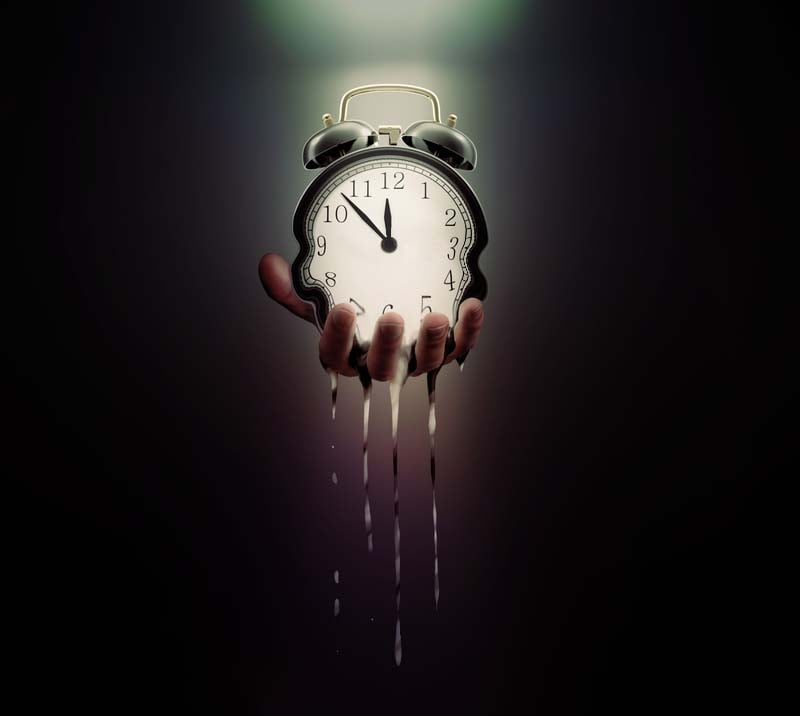All Good Things Must Come to an End: Kimble v Marvel
Kimble v. Marvel Entertainment, LLC, 135 S. Ct. 2401 (2015). Kimble evaluates whether a patent owner can collect any kind of patent royalty (e.g., royalty under a license or royalty for an assignment) for activity occurring after a patent expires. ...







